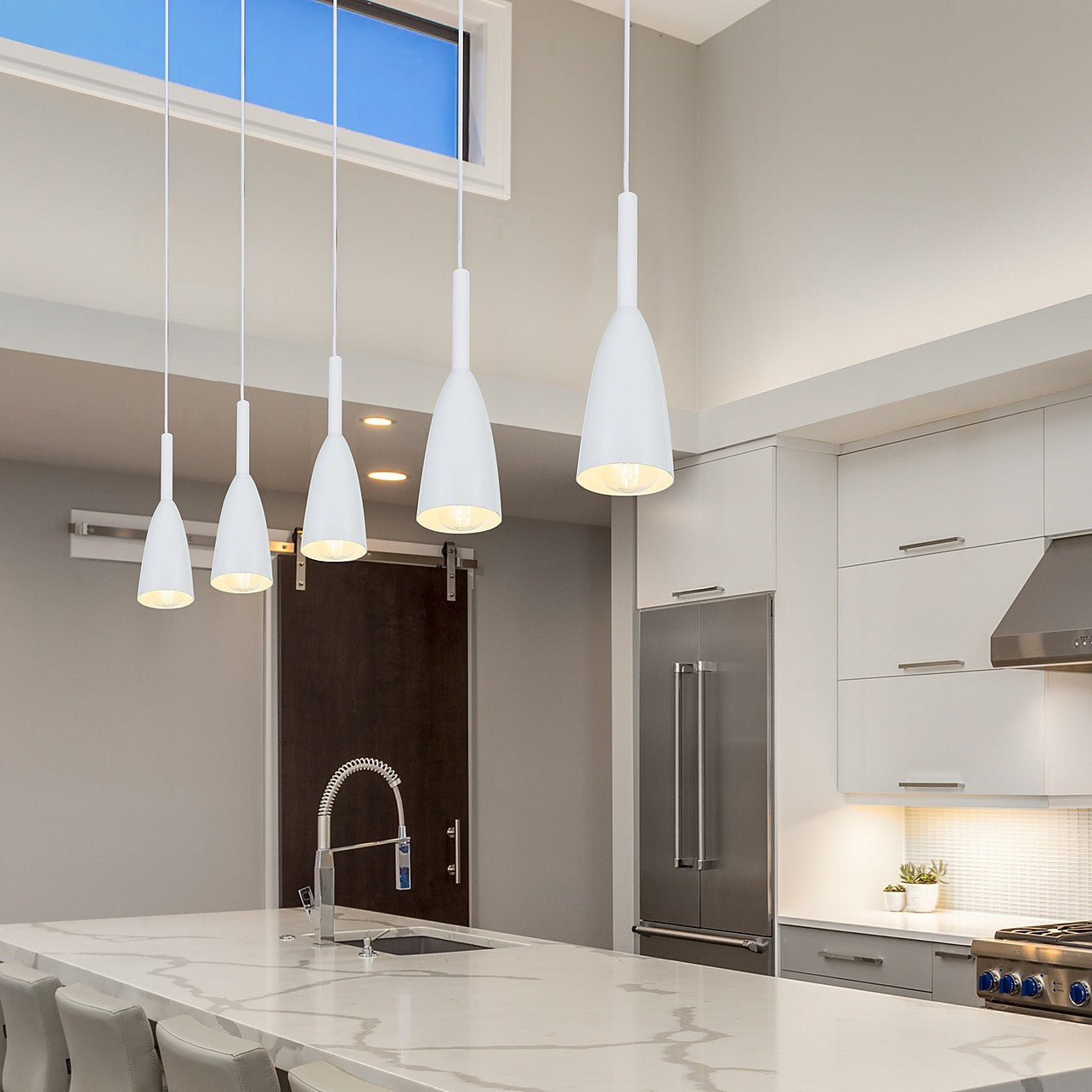Japanese interior design has a long history, dating back to traditional styles of architecture and decoration that have been perfected over centuries. Today, contemporary Japanese interior design continues to draw from these traditional styles, while infusing them with modern features and aesthetics. The result is a unique and elegant design style that is renowned around the world.
Origins of Japanese Interior Design
Japanese interior design is heavily influenced by the country’s unique geography, climate and culture. Japanese homes, for instance, have traditionally been constructed with natural materials such as wood and paper, allowing for efficient temperature control in the hot and humid summers and cold winters.
Another distinctive aspect of Japanese interior design is the use of space. Japanese homes are often organized around an open central courtyard or garden, with rooms connected to the central space through sliding doors. This creates a sense of openness and flow that is central to Japanese design philosophy.
Characteristics of Contemporary Japanese Interior Design
Contemporary Japanese interior design continues to draw from these traditional styles, while also incorporating modern design features and functionalities. Some key characteristics of contemporary Japanese interior design include:
Simplicity and Minimalism
Contemporary Japanese interior design is marked by a sense of simplicity and minimalism. Clean lines, uncluttered spaces, and an absence of unnecessary ornamentation are all hallmarks of this style. Furniture and decor tend to be functional and unobtrusive, with an emphasis on creating a peaceful and serene environment.
Natural Materials
As with traditional Japanese interior design, natural materials are still an important element of contemporary Japanese interiors. Wood, bamboo, and paper are commonly used, with an emphasis on sustainability and durability. Stone, ceramics, and other natural materials are also used to create a sense of harmony and balance with the surrounding environment.
Muted Colors
Contemporary Japanese interior design tends to favor a muted color palette, with subdued shades of beige, gray, and white predominating. This creates a sense of calm and understated elegance that is central to the Japanese aesthetic.
Lighting
Lighting is a key element of contemporary Japanese interior design. Natural light is valued, with large windows and skylights used to create a bright, airy ambiance. Soft, warm lighting is also used to highlight the natural materials and create a cozy atmosphere.
Examples of Contemporary Japanese Interior Design
Contemporary Japanese interior design can be seen in a variety of settings today, from private homes to public spaces such as restaurants, hotels, and museums. Here are a few examples:
Muji
Muji, the Japanese retail and lifestyle brand, is known for its simple and functional products. Its minimalist aesthetic extends to its storefronts, where clean lines and natural materials are combined to create a serene environment.
The Aman Tokyo
The Aman Tokyo, a luxury hotel in Japan, incorporates traditional Japanese design elements such as shoji screens and tatami mats with modern features such as floor-to-ceiling windows and high-end amenities. The result is a peaceful and elegant space that is both traditional and contemporary.
Commune 2nd
Commune 2nd, a popular restaurant in Tokyo, features a contemporary Japanese interior design that incorporates natural materials such as wood and stone with modern design elements such as concrete floors and metal accents. The result is a warm and inviting space that is both casual and refined.
The Future of Japanese Interior Design
Contemporary Japanese interior design continues to evolve, incorporating new technologies and innovative design features while staying true to traditional Japanese values and aesthetics. As Japan continues to grow as a global hub of design and innovation, it is likely that Japanese interior design will continue to be an important source of inspiration and influence for designers around the world.
In conclusion, contemporary Japanese interior design is a unique and elegant style that draws from traditional Japanese aesthetics while also incorporating modern features and design elements. With its emphasis on simplicity, natural materials, and a muted color palette, this style creates a peaceful and harmonious environment that is perfect for today’s fast-paced world.
